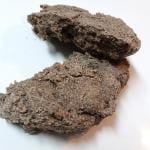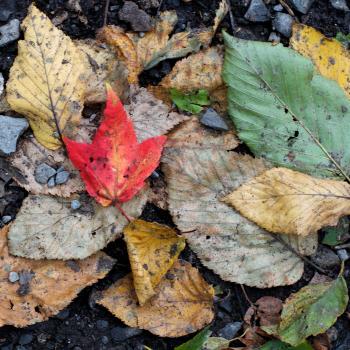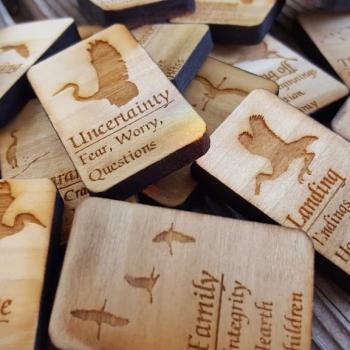
Night it’s called among men, and darkness by the gods,
the masker by the mighty Powers,
unlight by the giants, joy-of-sleep by the elves,
and dwarfs call it dream-goddess.
Carolyne Larrington’s translation of Alvíssmál in the Poetic Edda
Recently one of my most-admired ADF Druids, Melissa Hill, wrote an amazing piece on a deity she calls the Void Goddess. In it she mentions Nótt, a little-known personification of the Night. She comes from Norse lore; Her father is a Jotun and Her mother is unnamed and unmentioned. She is very much a deity in my practice, and so I am inspired to talk a bit about Her.
Nótt is mysterious, and we have few sources and references related to Her. I’ve written of Her before, in a piece on celestial deities. Her name literally translates as Night. Two passages remain that give us a bit of information not repeated elsewhere. The first is in Snorri’s Gylfaginning from the Prose Edda. According to Faulkes’s translation, She is “black and dark in accordance with Her ancestry”. Her father is a Jotun, which apparently makes sense given Her dark appearance.
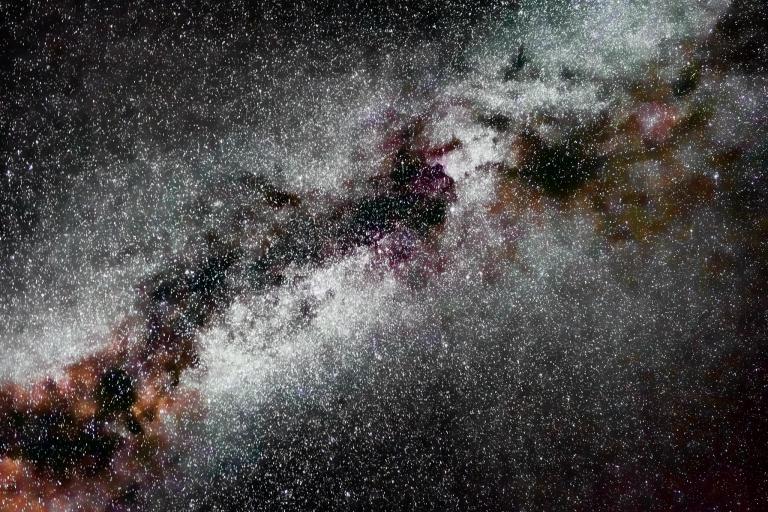
Then we learn that Nótt has had three husbands and had a child with each of them. Her first son is called Aud (meaning wealth) and Her youngest son is Dagr (the day) by Dellingr (the dawn). But perhaps most interesting is Her middle child: Jord, the personified Earth who goes on to be a consort of Odhin and mother of Thor.
Then She and Dagr are given chariots by Odhin so they may ride around the earth, making day and night. The horse that pulls Her chariot is called Hrimfaxi, which Larrington translates to “frost-mane”. In Vafthrúdnismál in the Poetic Edda, Odhin reveals that foam falling from Hrimfaxi’s bit causes dew in the valleys.
The second reference to Her is in the Alvíssmál of the Poetic Edda, where a dwarf called Alvís (All-Wise) gives a variety of kennings for a variety of subjects. When asked about Nótt, he lists a set of names that can be used to refer to Her. Most interesting to me is Bellow’s translation, which says She is called “‘The Hood’ [by] the holy ones high; the giants ‘The Lightless’, the elves ‘Sleep’s joy’, the dwarfs ‘The Weaver of Dreams’.” Bellows also states that in some manuscripts, ‘The Lightless’ is instead given as ‘The Unsorrowing’. In other translations, She is specifically named as Goddess of dreams.
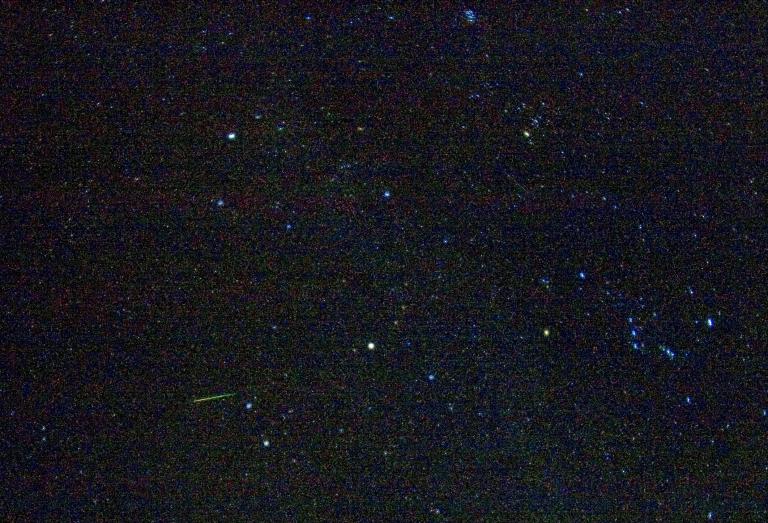
So Nótt is the night personified, a Goddess of darkness, sleep, and dreams. “The Unsorrowing” seems like an apt epithet to me as well; when we finally reach the joy of sleep, all of our sorrows and cares melt away until we wake in the morning. This part of Her I have experienced as a Goddess of rest, a presence that gives the feeling “lay down your heavy load and rest here awhile”.
She is, however, much more than that. She is the goddess of the night, of the dark and dangerous, of parking lots with no street lamps and that sense of anxiety in the pit of your stomach. Melissa connects Her with the Goddess of the Void, the endless expanse of space that is at once awe-inspiring and overwhelming. Death is the ultimate rest, and I connect Her with that as well.
Watch for my next post, where I’m going to discuss some fairly wild speculation about Nótt’s descendants!

